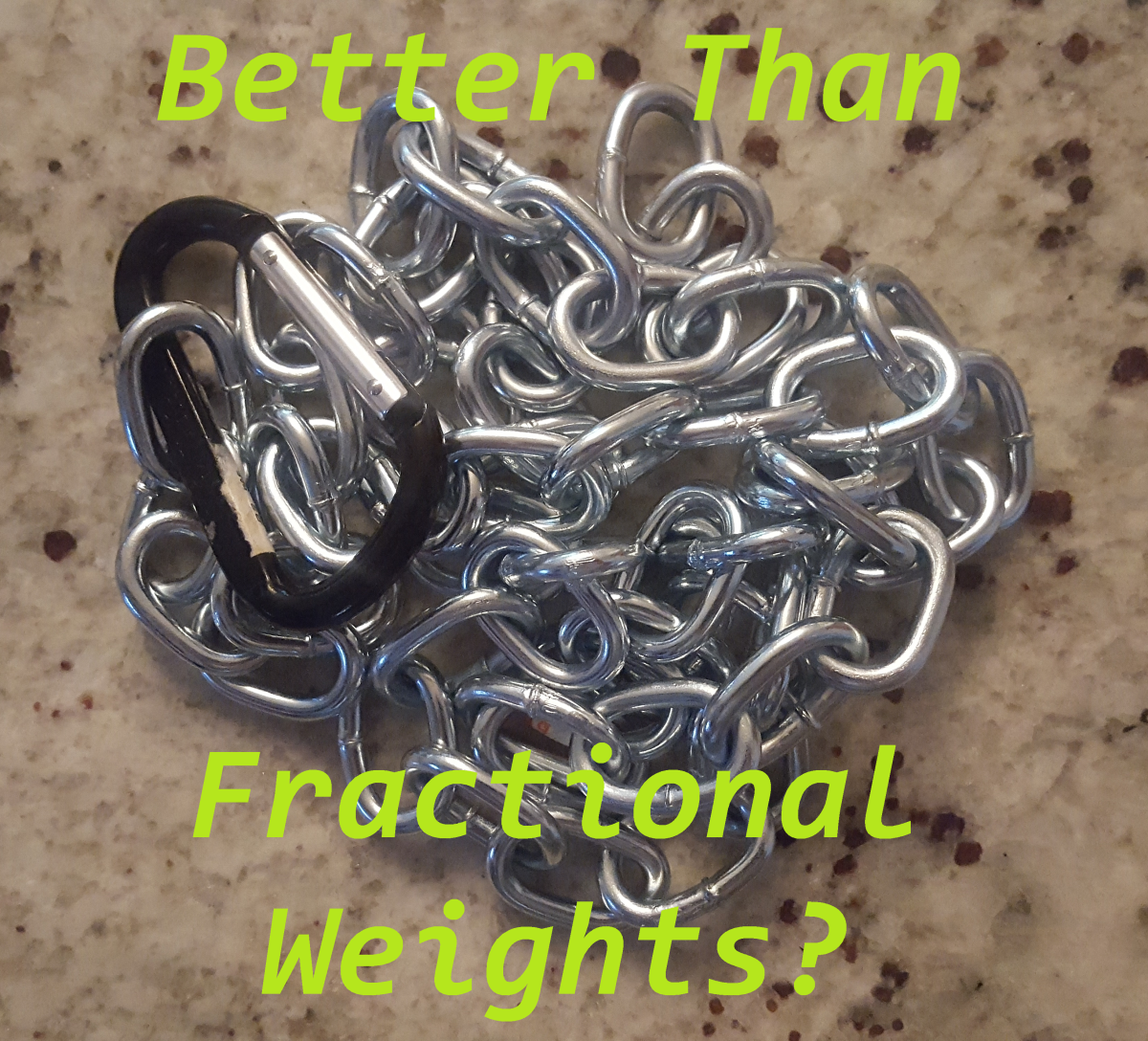- HubPages»
- Health»
- Quality of Life & Wellness»
- Personal Development
Baby Steps for Creating Positive Changes In Your Life

The process of positive habit formation begins with baby steps. Positive habit formation is a key to implement lasting changes in our behavior that will lead to success. I used this process to drop my weight from 275 lbs to 190 lbs.
Baby Steps is a methodology to implement positive habit formation.
Baby Steps, is not an original concept, I’ve read variations from other authors. Each author offers their own spin on the concept. We have;
Mini-Habits by Steven Guise
Atomic Habits by James Clear
Power of Habit by Charles Duhigg
Tiny Habits by BJ Fogg
There are dozens more authors, each with their own take and sometimes name for the process.
I was curious as to who first researched this behavior and reported on this methodology. From what I could determine it is BJ Fogg PhD. While his book “Tiny Habits” was published in 2019, I found a few TEDx videos dating back to 2014 and 2012. In these videos he displayed charts showing his research, with copyrights from 2007.
My Spin On It
My spin on habit creation is a process I call “Baby Steps”. Before we proceed any further, let’s define what is meant by “baby steps” — baby steps are small behavior changes that you can live with for the rest of your life. The second part of that sentence is critical, “live with the rest of your life.”
The idea is to make such small incremental changes that the baby step does not deplete your willpower. Yes, you have to think about the behavior, at the least, think enough to remember to perform it, but after that it will not require much willpower to implement. Tracking your baby step behavior is a good idea too, because it can be easy to forget.
A simple method of tracking is putting a small “X” on your calendar each day you perform your baby step.

Example:
Let start with a practical example.
Baby Steps — The process
1. Identify the outcome you want to obtain.
For our example, weight loss.*
*While I use the term weight loss, I mean fat loss. With weight loss we lose both muscle and fat. We do not want to lose any muscle tissue. Losing muscle just makes it harder to maintain the fat loss.
2. Determine what behaviors will support your outcome
A) Reduce caloric intake — eat less
B) Increase caloric output — exercise more**
**I feel fat lose follows the 80/20 rule. Eighty percent of fat loss is through food and nutrition. The balance of twenty percent is exercise. No one I know can exercise away a bad diet. For example, a bacon cheeseburger with fries will be around 1000 to 1300 calories. Depending upon your size, weight and intensity of the workout, you would need to spend 1–1/2 hours on an elliptical machine to burn those calories off. Obviously if you eat like that everyday, you will not be able to exercise those additional calories away.
Switch that meal to a hamburger with lettuce and tomato on a toasted English muffin and you cut the calories by more than half, about 450 calories.
We need to exercise to maintain and increase our muscle tissue.
3. Brainstorm what baby steps you can take that will support the desired behavior(s).
a) Add one serving of steamed vegetables to dinner.***
b) Every morning upon waking perform one body weight squat.
***Rather than restricting food intake, we are going to increase it. We will increase food consumption, with a proper nutritious food, like steamed vegetables. Adding steam vegetables to one meal a day will increase the nutritional value of your food and increase its fiber content. At the same time this good food adds bulk that will naturally reduce consumption of unhealthy food.
4. Habits form at different rates for different people. It can be anywhere from 4 weeks to six months. But since these are very small steps, it is hopefully they will be habitual in 4–6 weeks.
If after six weeks you feel it is still a bit of a mental effort to adhere to the baby step(s), then do not add any more baby steps. Just continue with the baby steps you are taking until those steps become habitual.
After the initial baby steps have become habitual, add one or two more baby steps. Block the baby steps into segments or phases for tracking.
Phase One
a) Add one cup of steamed vegetables to dinner.
b) Every morning upon waking perform one body weight squat.
After four — six weeks, add one or two more baby steps.
Phase Two
a) Drink one eight-ounce glass of water every morning to hydrate.
b) Add a salad to lunch.
After four — six weeks, add one or two more baby steps.
Phase Three
a) Substitute one high calorie item with a lower calorie item a few times a week. For example, substitute French fries for a baked potato. Or substitute a candy bar with a 100-calorie bag of natural almonds.
b) Add one squat to the morning routine.
Phase Four
a) Eat slower. Chew your food thoroughly before swallowing.
b) Put your fork down in between bites of food
More Baby Steps:
Use red vinegar on salads instead of high calorie dressing
Eat a piece of fruit instead of candy a few times a week
Eat high fiber whole wheat or rye instead of white bread
Substitute beef with fish once a week
Choose broiled over fried.
Substitute high calorie drinks with a low calorie drinks.
General Guidelines — Unjunk Your Food
Reduces white sugar intake
Reduce white flour pasta and baked goods
Reduce processed foods and meats
Increase fiber
Increase whole foods
Choose organic over inorganic
Phase Five and beyond.
The baby steps you take will be unique to you. Baby steps can be physical changes like food substitutes or behavior changes, like eating slowly. The one guiding principle is that each Baby Step must be something you can live with for the rest of your life. If you can’t live with the baby step for the rest of your life, don’t do it, instead look for a smaller step you can live with.
That’s the problem with most diets. They’re like running a sprint. You can run a sprint, but you cannot maintain that pace. Sprints are not designed for the long run.
Does It work?
It does for me. I went from 275 lbs to 190 lbs. I am confident that as you put some phases behind you, you will begin to lose your excessive weight. The weight loss may be slow, but slow is better than yo-yo dieting. If you want to lose weight, and keep it off, this is a way to do it.
© 2020 John Iovine








